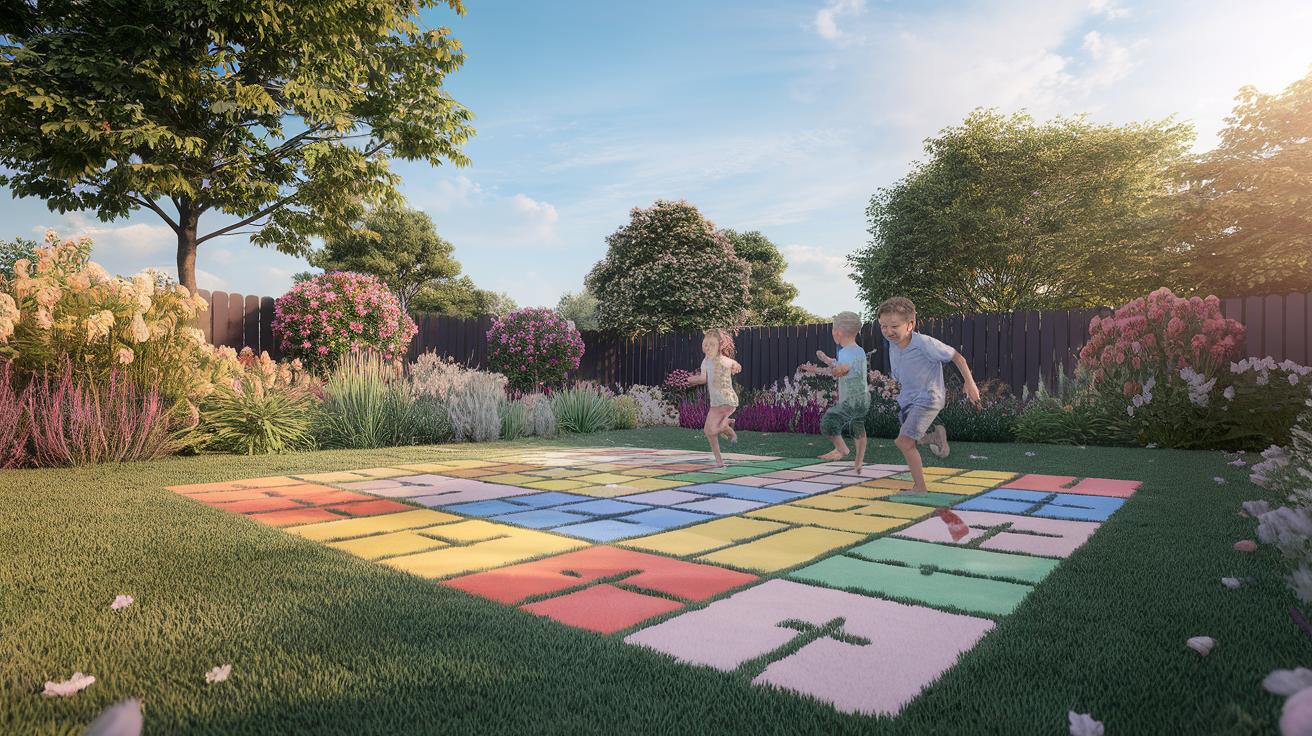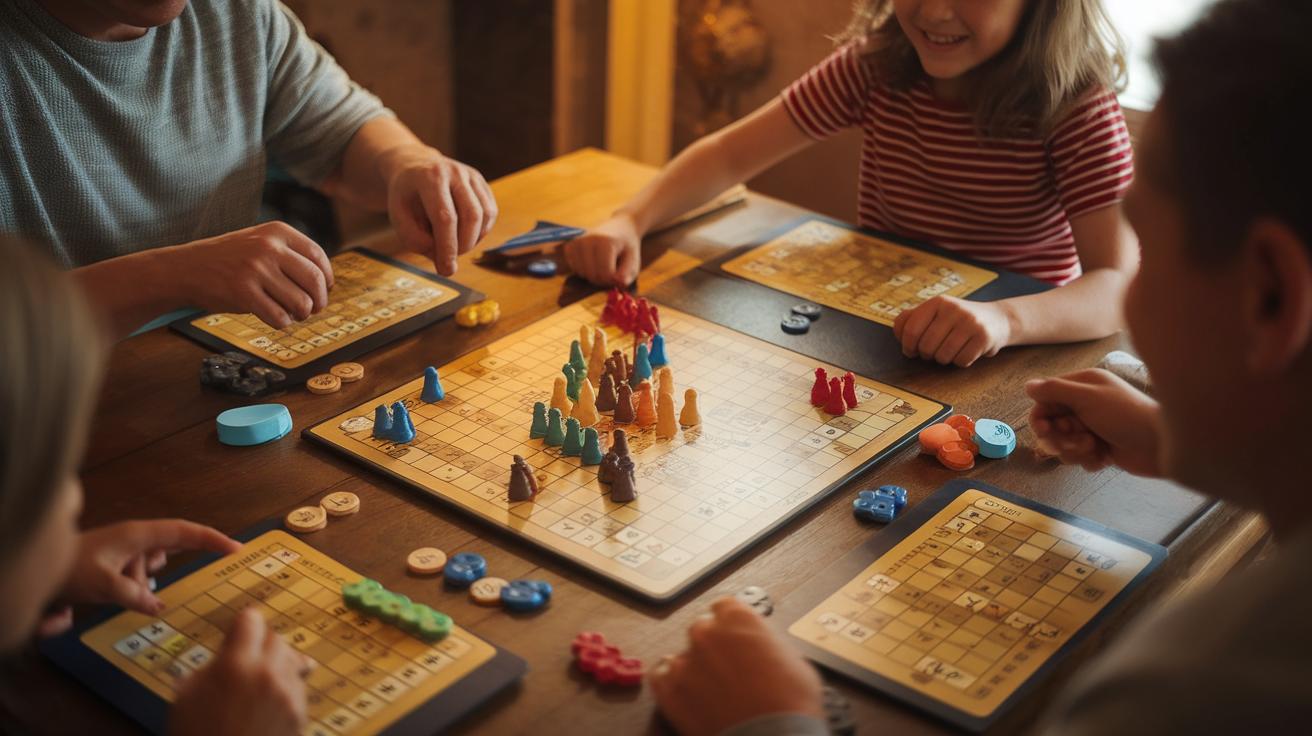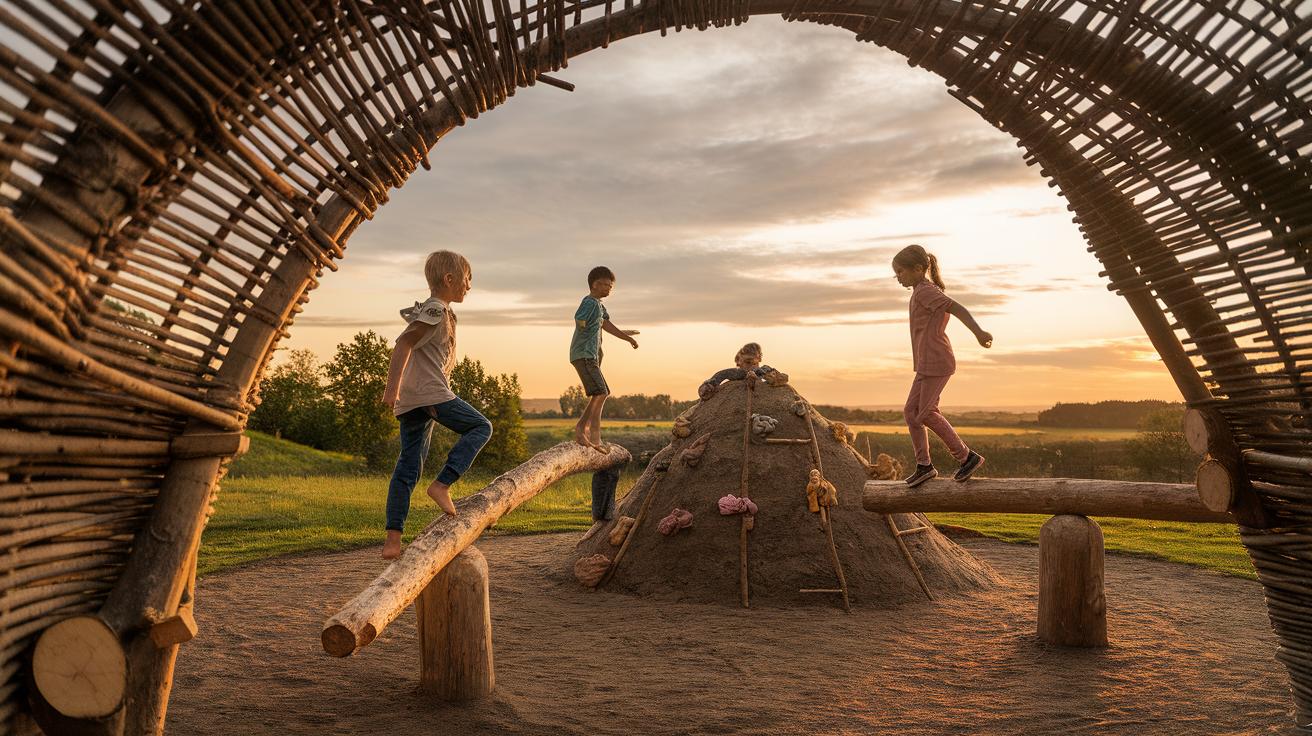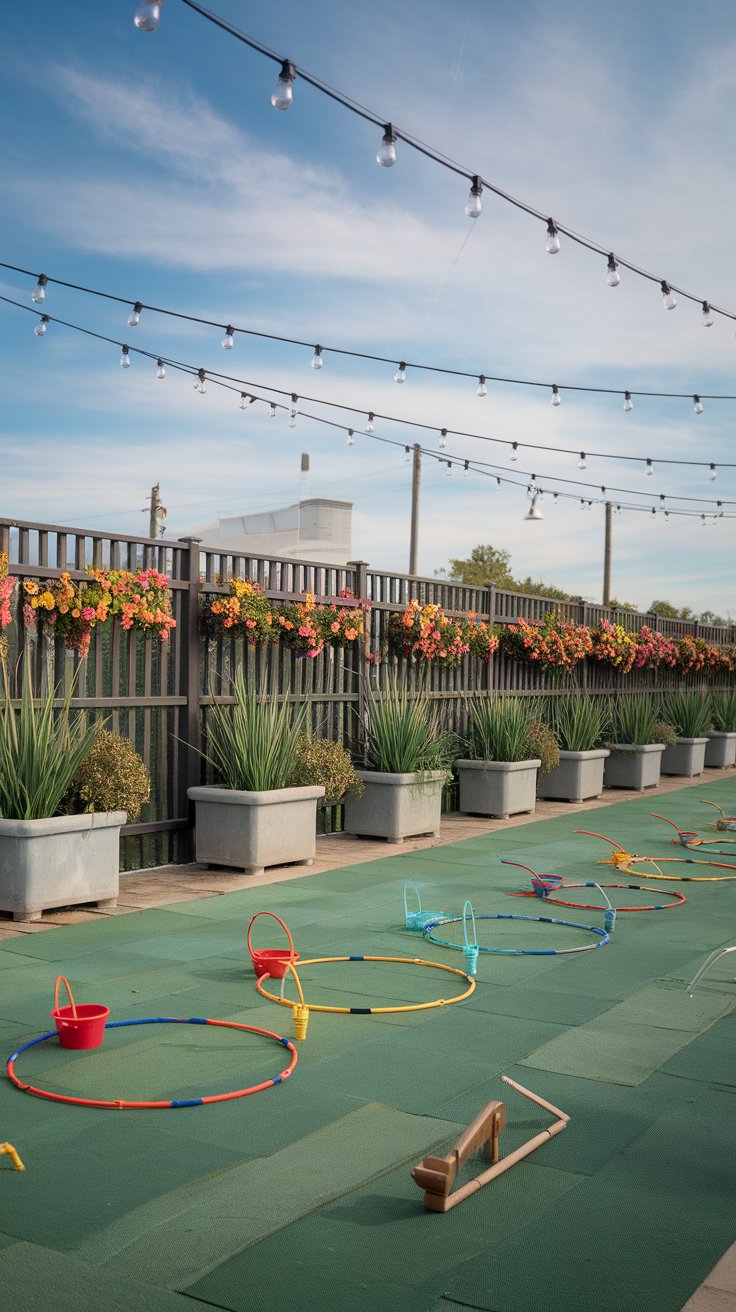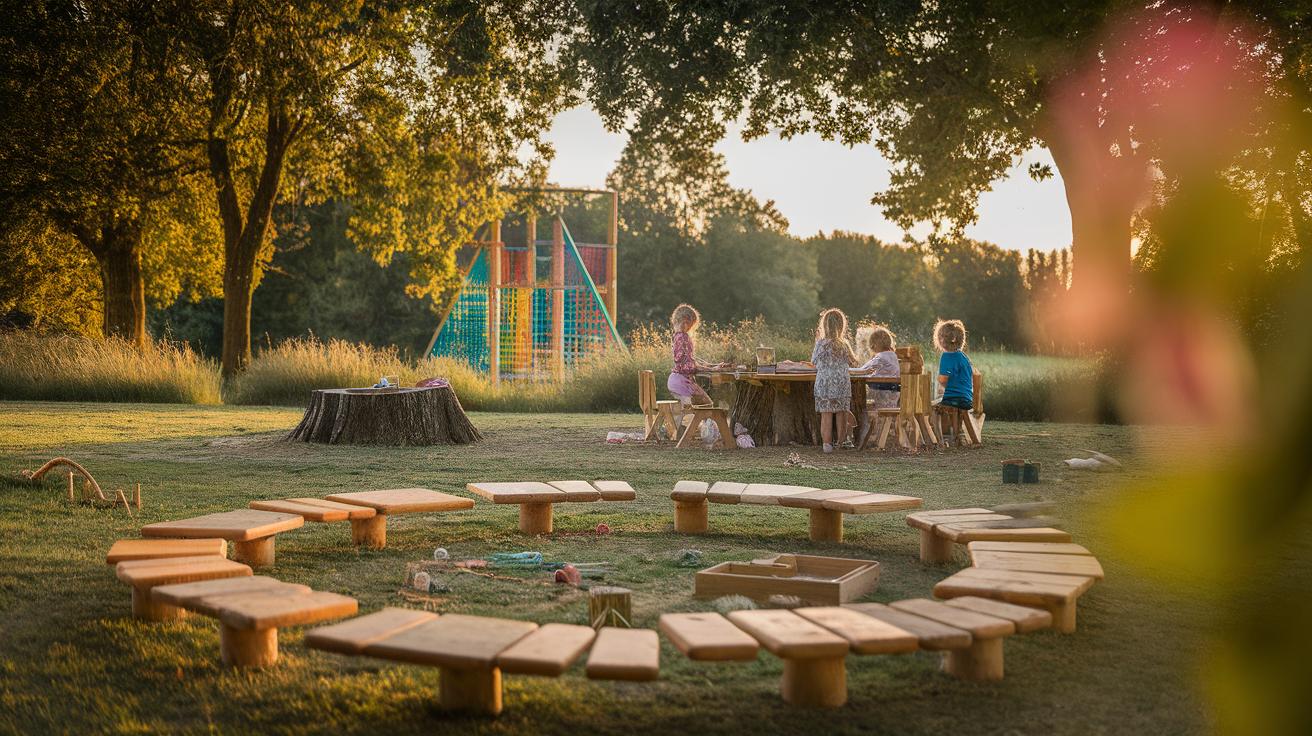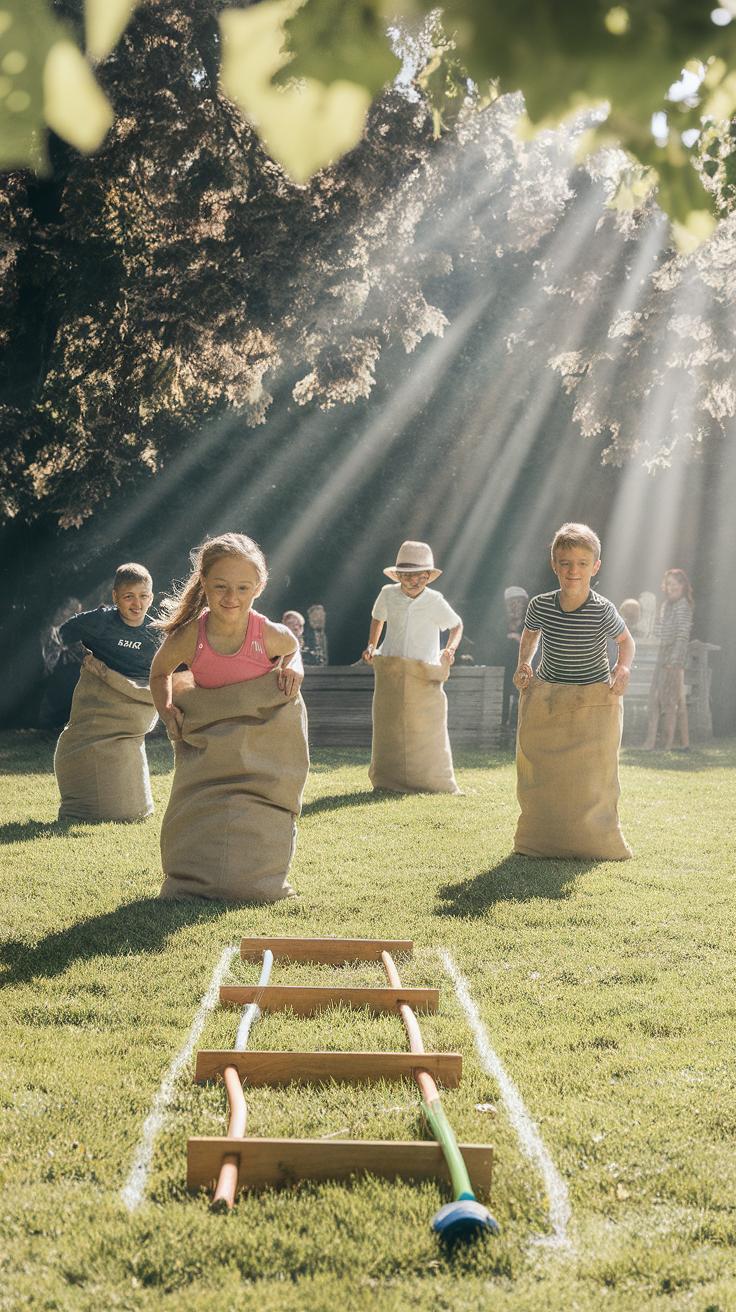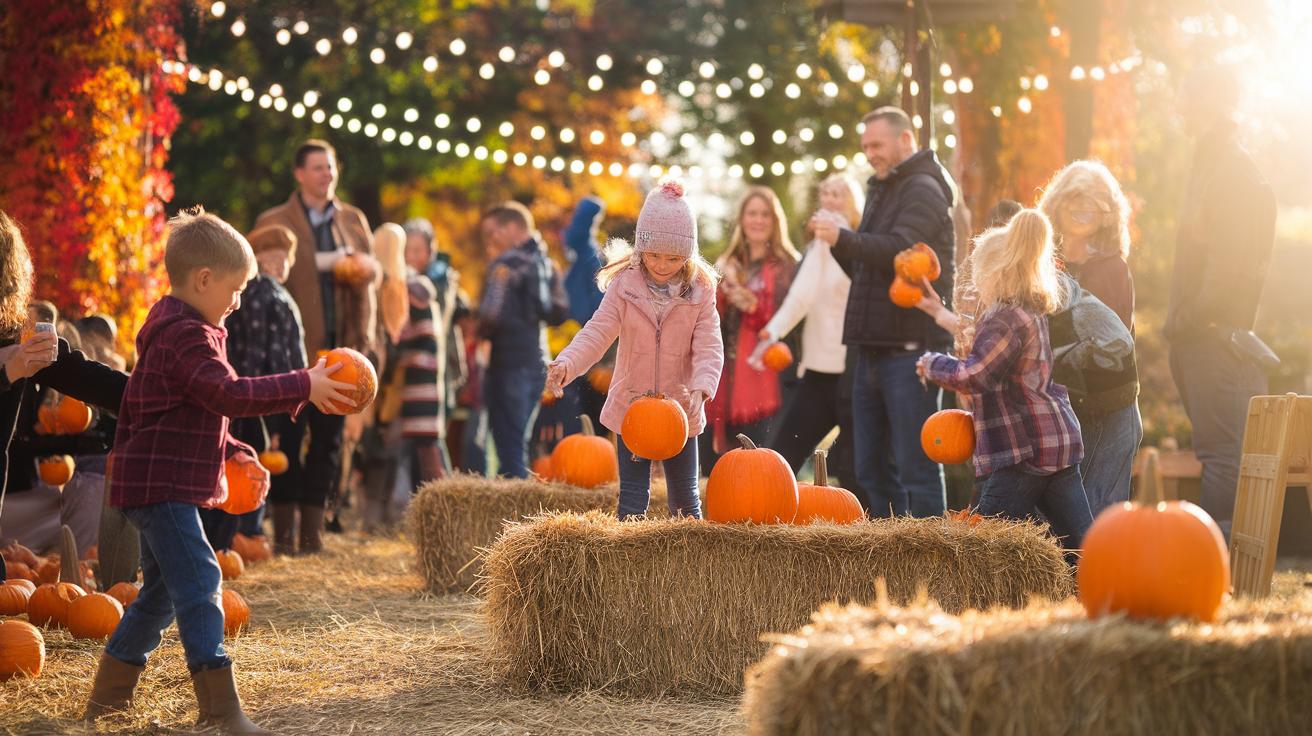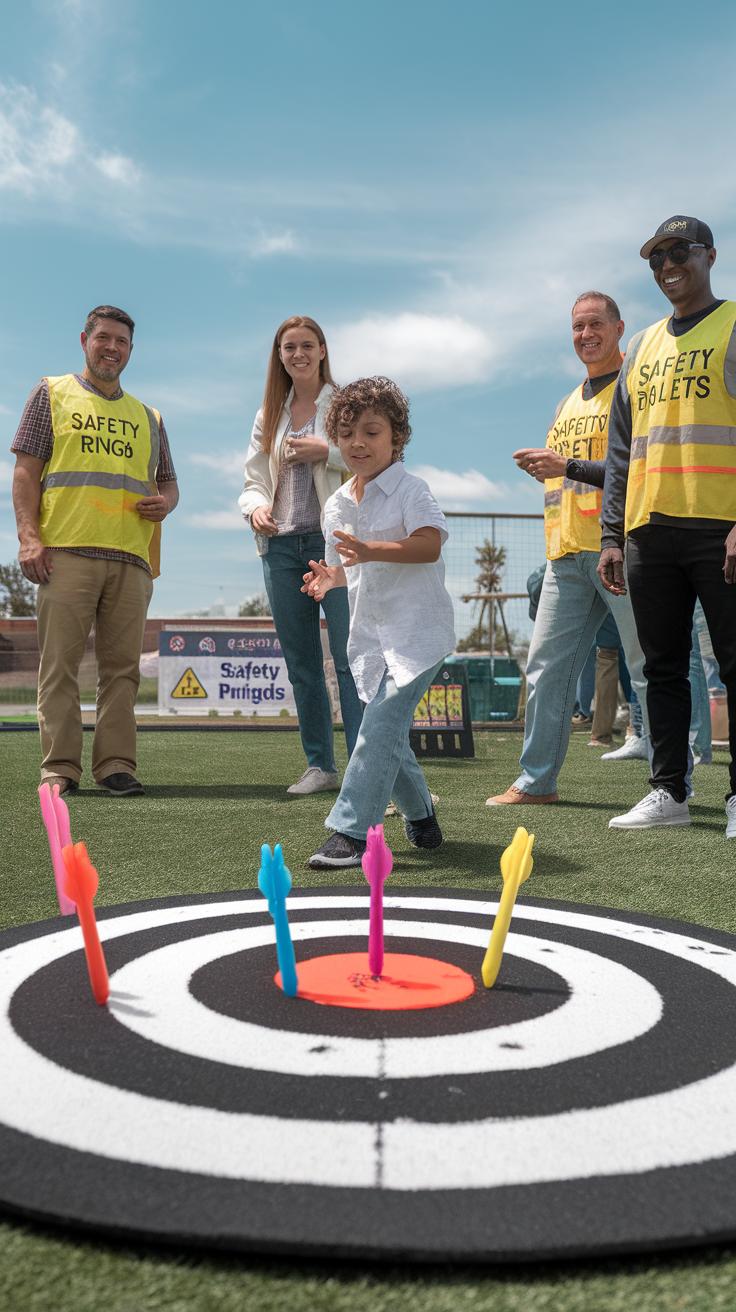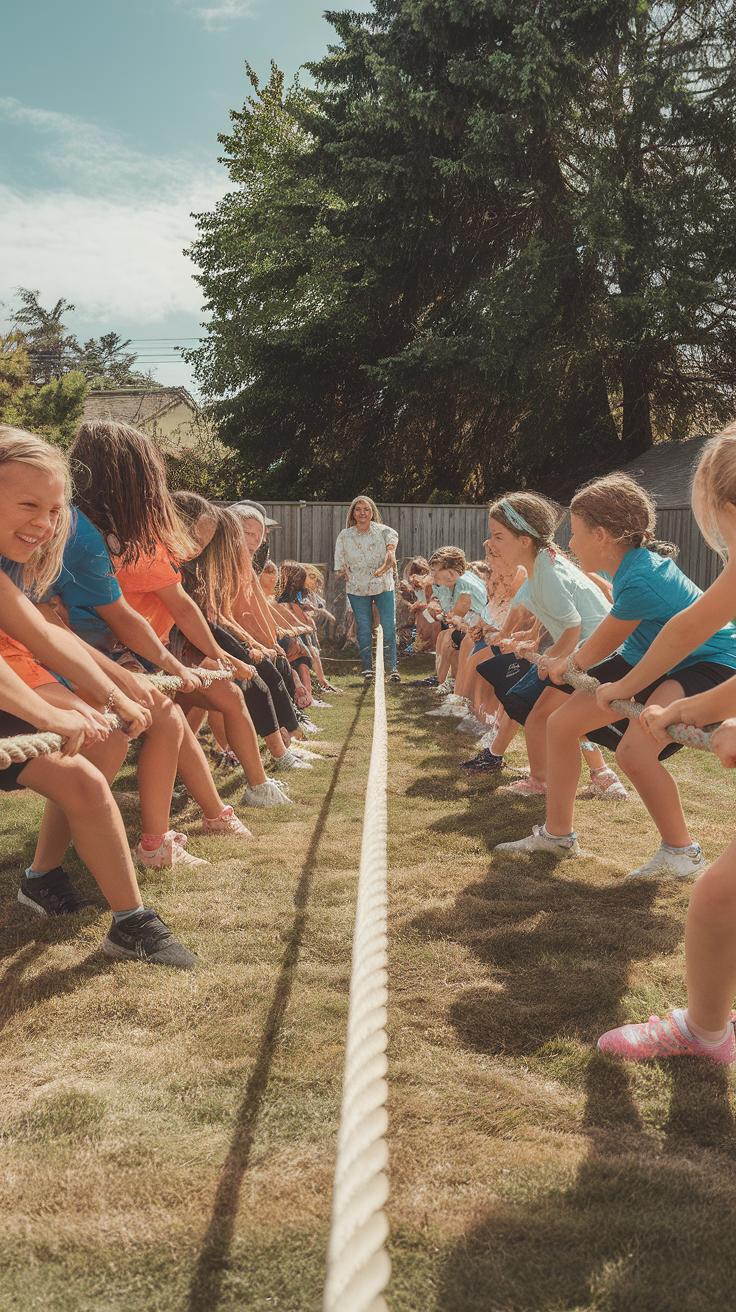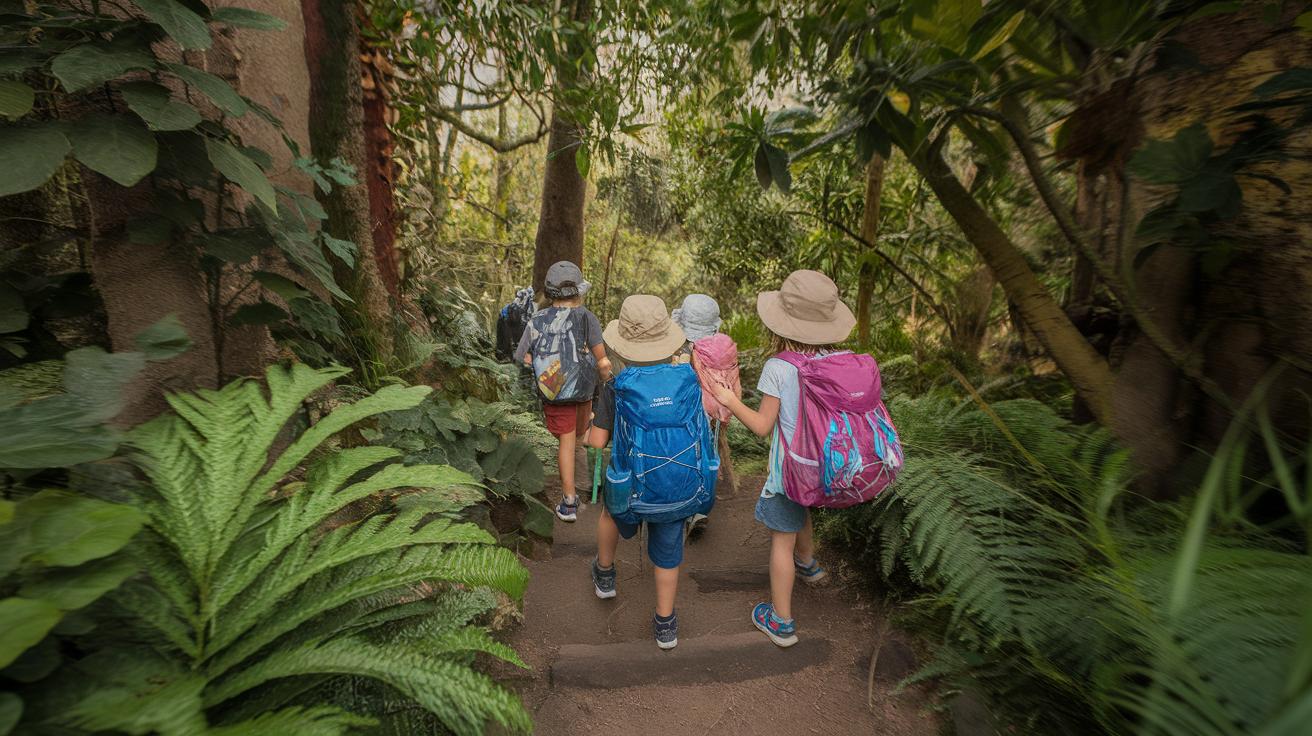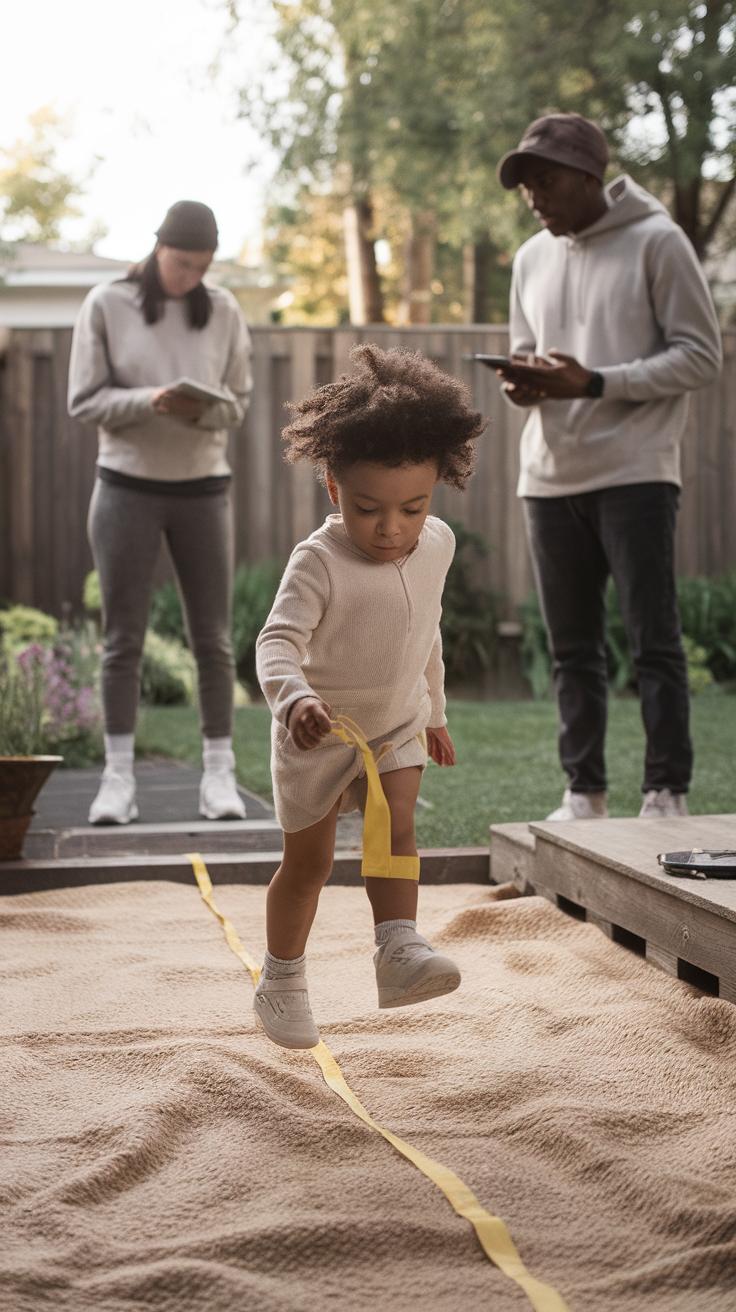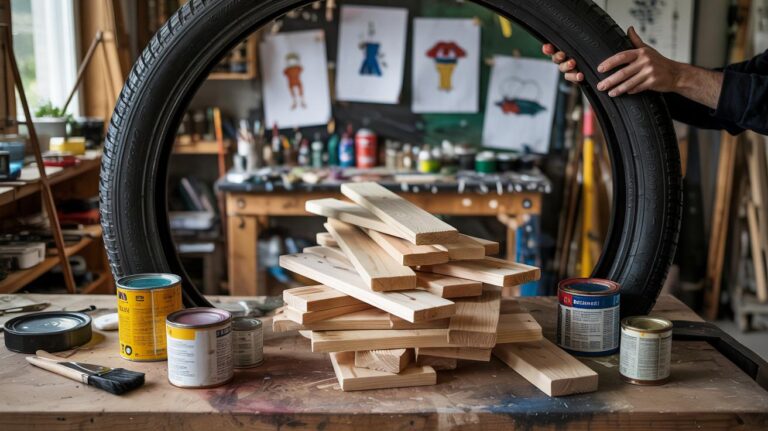Introduction
Kids need more than just screens and indoor playtime. Outdoor games offer chances for fun, learning, and exercise. When children play outside, they develop physical skills and social bonds. Outdoor games can turn your yard into a space full of adventure and creativity. Simple games can keep kids active and entertained without needing special equipment.
Choosing the right outdoor games for your kids helps their growth and happiness. You can encourage teamwork, problem-solving, and imagination with just a few yard games. This article covers a range of engaging outdoor activities perfect for children of various ages. Each game invites your kids to move, think, and laugh together while enjoying fresh air.
Benefits of Outdoor Games for Kids
Outdoor games help kids improve both their bodies and minds. Moving around during play builds coordination, balance, and muscle control. Running, jumping, and throwing require different skills that get sharper with practice. Have you noticed how kids seem more energetic after time outside?
Games in the yard also give kids chances to meet friends and solve problems together. This interaction teaches sharing, taking turns, and teamwork. Mental creativity grows as kids invent new rules or imagine stories while playing. Outdoor games offer space for freedom that indoor activities often lack. What new games could your child invent with just a bit of room and imagination?
Physical activity and social play combine to help children stay healthy and confident. When kids play outside, they learn more than just sports skills—they develop habits that support their well-being throughout life.
Physical Health Benefits
Active outdoor games boost children’s muscle strength and improve their motor skills. Running in the yard helps legs get stronger. Catching a ball sharpens hand-eye coordination. Climbing or balancing on uneven surfaces trains body awareness.
Regular play uplifts children’s overall fitness and stamina. It encourages heart health and keeps weight in a healthy range. Unlike sitting indoors, outdoor play challenges many parts of the body at once. Can your yard become the place where your child builds these important physical skills every day?
Simple races, ball games, or obstacle courses provide a fun way to grow strength and endurance without feeling like exercise. Kids develop healthy bodies while enjoying their free time.
Mental and Social Advantages
Playing games outside helps kids gain confidence. Success in a game creates pride and boosts self-esteem. Facing new challenges teaches children how to keep trying and solve problems on their own.
All that fresh air lowers stress and helps kids focus better. Social games require kids to communicate and cooperate. Learning to work with friends builds important friendship skills and emotional understanding.
Outdoor play also encourages creative thinking. Kids invent rules, adapt games, and find different ways to play with the same equipment. How do you see your children expressing themselves when they play with friends outside?
These social and mental benefits support emotional growth that goes well beyond the yard, helping children succeed in many parts of their lives.
Setting Up Your Yard for Fun
Creating an inviting space for outdoor games starts with understanding your yard’s layout and potential. Identify areas with enough room for running, jumping, or sitting. Think about how different activities can fit in these spots without crowding each other or blocking pathways.
Consider the types of games your children enjoy. Do they need open space for tag or smaller corners for crafts and building? You can divide your yard into simple zones, such as a running area, a quiet spot for creative play, and a place for group games.
Supervision matters. Position seating where you can watch multiple zones easily, ensuring kids stay safe while having fun. Asking yourself if each area allows clear sightlines can help you arrange the yard effectively.
Creating a Safe Play Area
Start by walking through your yard to spot anything that might cause injury. Remove sharp objects, clear away rocks, and trim low branches. Uneven surfaces can lead to trips, so level the ground or cover tricky patches with soft mulch or grass.
Organize play areas by grouping similar games together. For example, keep ball games on flat grass, craft or puzzle zones on tables or blankets, and quiet resting spots under shade. Use cones, ropes, or garden edging to mark boundaries and help kids understand play zones.
Think about your children’s age and abilities when setting up. Younger kids need softer surfaces and fewer obstacles. Is your yard easy to navigate for all the kids who will be playing?
Choosing Simple Equipment
Look for items you already have at home or can find cheaply at stores. Balls, jump ropes, hula hoops, and sidewalk chalk offer endless possibilities for play. These tools encourage movement, creativity, and teamwork with minimal expense.
Household objects like buckets, pool noodles, or old tires can become goals, obstacles, or bases. Using everyday items invites kids to invent games and challenges, sparking fresh ideas each time they play.
Focus on versatility. Will your chosen equipment work for multiple games? For instance, balls can be used for catch, kickball, or target practice. How can you mix and match materials to keep playtime exciting?
Classic Yard Games that Kids Love
Many outdoor games have stood the test of time because they are easy to learn and fun to play. Games like tag, hide and seek, and jump rope keep children moving and laughing. These games encourage social interaction and creativity without needing fancy equipment.
Tag requires one player to chase others and try to tag them by touch. Once tagged, a player can become “it” or join the tagger. Hide and seek involves one player closing their eyes and counting while the others hide. The seeker then searches and tries to find everyone before they reach the safe spot.
Jump rope uses just a rope, either held by two players swinging it or swung by one player. Players jump over the rope rhythmically. This game boosts coordination and stamina. Simple games like these transform your yard into a playground of active fun and bonding.
How to Play Tag and Hide and Seek
Tag starts with choosing one player to be “it.” The “it” tries to touch another player to pass the tag. You can try variations like freeze tag, where tagged players must freeze until unfrozen by others, or shadow tag, where you tag by stepping on someone’s shadow.
Hide and seek requires a good hiding space and a counting area. The seeker counts aloud with eyes closed while everyone hides. When the seeker finishes and says “ready or not, here I come,” the hunt begins. Players try to sneak back to the base before being found. A tip for younger kids is to set time limits or designate easy hiding spots to keep the game fair and fun.
Jump Rope and Other Movement Games
Jump rope can start with a basic bounce-step technique, where kids jump once for each rope swing. More skilled jumpers can use double-unders, crossing jumps, or turning the rope faster. Rhymes and chants often help keep rhythm during play.
Other yard movement games include Simon Says, Red Light Green Light, and relay races. These games improve fitness, agility, and listening skills. You might try combining jump rope with quick footwork drills or creating obstacle courses that encourage kids to hop, skip, and jump in creative ways.
Creative Scavenger Hunts
Organizing a scavenger hunt in your yard turns a simple outdoor space into an adventure. You can guide children to observe their surroundings closely by asking them to find specific objects or solve clues. This activity improves their attention to detail and encourages problem-solving as they guess where items might be hidden. For example, you might hide small toys under bushes or leaves, and provide riddles to lead kids to these spots. Watching children puzzle through clues boosts their confidence and sharpens their thinking.
Planning the Hunt
Start by making a clear list of items or clues suited for your yard. Pick things that are easy to spot but not obvious, like a smooth stone, a red flower, or a feather. You can also add riddles that describe these objects instead of naming them directly. Keep your list short and simple so kids don’t feel overwhelmed. For instance, “Find something that grows tall and has green leaves” can point to a tree. Adjust your list depending on the age and interests of the children playing to maintain challenge and fun.
Adding Educational Elements
You can include learning goals by adding facts or small challenges with each item. Ask children to count the number of petals on a flower or identify the shape of a leaf. Another idea is to include simple math problems related to the items, like adding the number of rocks collected. This turns the scavenger hunt into a chance to practice skills naturally. It also invites kids to connect more with nature. How could you customize your hunt to teach something new each time?
Lawn Darts and Safe Tossing Games
Outdoor tossing games offer a great way for kids to develop hand-eye coordination and have fun at the same time. Lawn darts is one such game where players aim weighted darts at a target on the ground. Traditionally, players stand behind a line and take turns throwing plastic-tipped darts toward rings or circles placed on the lawn. The challenge lies in accuracy and strategy, making it an engaging activity for kids and adults alike.
Safety must be your top priority to make lawn darts fun without risks. Using soft-tipped darts designed for children reduces injuries. Set clear boundaries and remind kids to wait for their turn before walking near the targets. Choose a roomy, open space away from windows or furniture. By following these simple rules, you create a safe environment where kids can enjoy the thrill of tossing games while staying protected.
Playing Lawn Darts Responsibly
Traditional lawn darts involves players tossing darts toward a designated circle on grass. Each hit closer to the center scores points. While this sounds simple, young players might throw carelessly. Teach children to stand behind a marked throwing line. Make sure they only throw one dart at a time and never aim at other people or pets.
Inspect the darts regularly for damage and replace unsafe ones. It pays to limit the number of players to avoid crowding. Encourage players to share turns calmly and watch where darts land before retrieving them. Would you trust your child to follow these rules before letting them toss? Setting clear, consistent boundaries helps make lawn darts a positive experience.
Alternative Tossing Games
If lawn darts feel too challenging, other simple tossing games fit well in any yard. Try bean bag toss where kids aim small bags at buckets or targets drawn on the pavement. Ring toss works by throwing rings onto stakes planted in the ground. Even simple games like tossing balls into hula hoops or buckets provide fun ways to build throwing skills.
These games need minimal gear and little setup time. You can create your own targets with household items to keep kids engaged without spending much. Ask yourself what kind of challenge suits your child—precision, distance, or teamwork? Experiment with different tossing games to find the perfect fit that keeps energy high and hands busy outdoors.
Encouraging Teamwork Through Group Games
Outdoor games that require teamwork help children develop important social skills. They learn how to communicate clearly and listen to others in order to succeed. Games like capture the flag or group scavenger hunts ask kids to plan and cooperate. When children work toward a common goal, they discover how to support each other and share responsibility.
Playing together also teaches kids patience and respect. They find out that winning depends on trust and strategy, not just individual effort. These games show how combining different skills and ideas leads to better results. How do your kids handle roles in team games? Are they quick to take charge or encourage quieter teammates? Paying attention to this can help you guide their social growth.
Relay Races and Team Challenges
Relay races and obstacle courses offer fun ways to build cooperation while keeping kids active. These games require children to pass a baton or complete tasks one after another. This structure teaches them to depend on one another’s timing and effort. When a teammate trips or slows down, others learn to encourage rather than complain.
Friendly competition motivates kids to do their best without feeling pressured. You can create simple relay races using cones or household items in your yard. Adding small challenges, like balancing an egg on a spoon, tests focus and balance. How can you adjust these races to include all skill levels? Making the course fair helps every child feel valued and involved.
Group Problem-Solving Games
Games where teams work together to solve puzzles or complete tasks sharpen thinking and communication skills. Activities like building a structure from sticks or solving a nature-based riddle ask kids to share ideas and listen carefully. Success depends on their ability to plan and adapt as a group.
You might set up a treasure hunt where children must decode clues or arrange objects correctly. These games encourage critical thinking in an outdoor setting, making learning active and fun. When working on tasks, do your children naturally take charge or wait for instructions? Observing their roles can help you teach leadership and cooperation.
Using Outdoor Games to Teach Life Skills
Outdoor games offer more than just fun; they provide a natural way for kids to learn important life skills. When children play together, they practice cooperation by figuring out how to work as a team toward common goals. This experience teaches them how to compromise and support others.
Responsibility often comes through caring for shared game equipment or following the rules without constant reminders. These moments help children understand the value of trust and accountability.
Leadership grows when kids take turns guiding activities or making decisions during play. Leading helps develop confidence and decision-making skills, while following encourages respect and patience.
Have you noticed how a simple yard game can turn into a space for lessons that stick? What life skills can you encourage in your child through outdoor play today?
Taking Turns and Fair Play
Games that require waiting for a turn teach children patience. When kids wait, they learn to control impulses and understand that everyone deserves a chance to participate.
Fair play involves respecting rules and acknowledging others’ efforts. Playing by the rules shows children how fairness maintains trust among friends.
Simple games like hopscotch or catch encourage kids to observe fairness naturally. If disagreements arise, discussing them helps children practice solving conflicts respectfully.
Do the games your kids play encourage taking turns and fairness? How can you help guide these lessons during their outdoor activities?
Leading and Following Instructions
Organized games present perfect chances to practice leadership skills. When a child leads, they learn how to give clear directions and motivate others.
At the same time, other players learn how to listen carefully and follow instructions, which improves focus and respect for others’ roles.
For example, games like “Simon Says” or relay races challenge kids to pay attention and act quickly based on commands. These activities sharpen their abilities to both lead and follow.
What games can you introduce that encourage your child to step up as a leader while also learning to follow? How might these skills benefit them beyond playtime?
Keeping Outdoor Play Interesting YearRound
Adapting outdoor games for different seasons helps children stay active and excited throughout the year. When temperatures rise, choose games that encourage water play, such as sprinkler tag or water balloon toss. These keep kids cool and energized while running around.
During colder months, modify games to fit indoor or sheltered spaces, or add warmer clothes so outdoor play stays comfortable. Snowball toss or creating obstacle courses in the snow offer fresh challenges. You can also switch games like tag to versions where kids avoid stepping on icy patches, turning the yard itself into part of the game.
Changing the game’s pace and rules prevents boredom. Think about shorter rounds or team sizes suited for colder weather to keep kids moving without getting too cold. What kinds of games does your child enjoy adjusting as the weather shifts?
Seasonal Game Adaptations
Simple modifications can keep outdoor games safe and fun across seasons. In summer, prioritize hydration breaks and use shaded areas to avoid overheating. Switching from running games to ones involving staying under shade or sitting, like storytelling with movement breaks, reduces risk.
In fall, use fallen leaves for games like leaf pile hide-and-seek or leaf-catching contests. When it’s winter, dress kids in waterproof clothes and boots to stay warm. Consider games that involve building snow forts or treasure hunts using winter-themed clues.
These shifts keep children engaged without stressing their safety. Does your yard offer spaces to adapt for weather changes? Using what you have helps make games accessible and fun year-round.
Incorporating Nature and Creativity
Using natural materials brings a new dimension to outdoor games any time of year. Collect sticks, stones, or pine cones to add tasks or obstacles to your usual games. For example, kids can create their own hopscotch with chalk and twigs or design target zones for bean bag toss using leaves.
Encouraging children to build their own game elements sparks creativity and deepens their connection to the environment. Changing themes with seasons, like exploring bugs in spring or making leaf crowns in fall, refreshes play continuously.
What natural items are available in your yard now? Let your children’s imagination lead—turn simple materials into game tools that keep outdoor play exciting every day.
Conclusions
Outdoor games give children many benefits beyond just fun. They improve strength, coordination, and social skills. When children play in your yard, they connect with nature and each other. You can support their healthy habits by keeping a variety of engaging games ready. These games also foster creativity and teamwork. You have the power to make outside play the best part of your child’s day.
The games shared here fit easily into your daily routine and garden space. You do not need a lot of gear or large fields. Kids of all ages can join in and enjoy moving around. Have you tried organizing a scavenger hunt or playing lawn darts lately? By taking simple steps to encourage these outdoor games, you contribute to your child’s development and joyful memories. Will you start the next game day this weekend?

